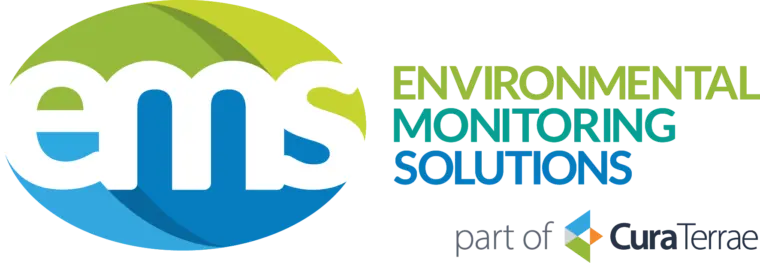Biological Oxygen Demand (BOD) FAQ
1 September 2021

What is BOD?
BOD stands for “Biological Oxygen Demand” and is a measure of the amount of oxygen required to breakdown organic matter from water in the process of decomposition by aerobic bacteria (bacteria that require oxygen to respire).
Does BOD affect DO?
DO stands for dissolved oxygen and is the amount of oxygen dissolved in the water system. If BOD remains too high the dissolved oxygen level decreases and aquatic life begins to die.
Why do we measure BOD?
- To assess the quality of water bodies
- To confirm wastewater discharge and the waste treatment procedure meets criteria set by regulators
- It is also a measure of other potential pollutants such as organic debris (e.g. soil, leaves, wood, manure)
- COD (chemical oxygen demand)/BOD is also used as an indicator of the size of a wastewater treatment plant required for a specific location, and potentially the processes that will be required
- BOD is also used to identify sources of organic pollution in river networks
It is important to monitor water quality as any changes will affect aquatic life. An increased BOD will put stresses on aquatic organisms.
The higher the BOD, the faster oxygen is depleted in the stream. This means less oxygen is available for forms of aquatic life. Aquatic organisms begin to suffocate and die.
The release of nitrates and Phosphorous from the decomposition can trigger the process of eutrophication leading to more fish death. For more information on eutrophication, consult our blog.
This is a cascade event; when more fish die the bacteria that aid in decomposition respire and take up more oxygen which further decreases the DO in the water.
How can you monitor BOD?
The test for BOD is conducted in airtight bottles in the absence of light and under a controlled temperature (20oC) for a specified period of time (5 days). It is done by measuring the DO before and after the 5 day period. It is kept in the dark to ensure there is no biological activity/growth during the 5 days. The limitation with this is that it takes 5 days to get your measurement.
What is a “good” BOD level?
- Moderately polluted rivers may have a BOD value in the range of 2 to 8 mg/L. When BOD is above 8 mg/L rivers are considered very polluted.
- Efficiently treated sewage would have a value of about 20 mg/L or less. Untreated sewage averages around 600 mg/L in Europe
(Clair N. Sawyer; Perry L. McCarty; Gene F. Parkin (2003). Chemistry for Environmental Engineering and Science)
Why is COD higher than BOD?
COD (chemical oxygen demand) is normally higher than BOD because more inorganic compounds can be oxidised than biological matter. This includes compounds harmful to aquatic life. COD tests can be useful when testing industrial sewage as chemical oxygen demand will not be captured by BOD testing.









